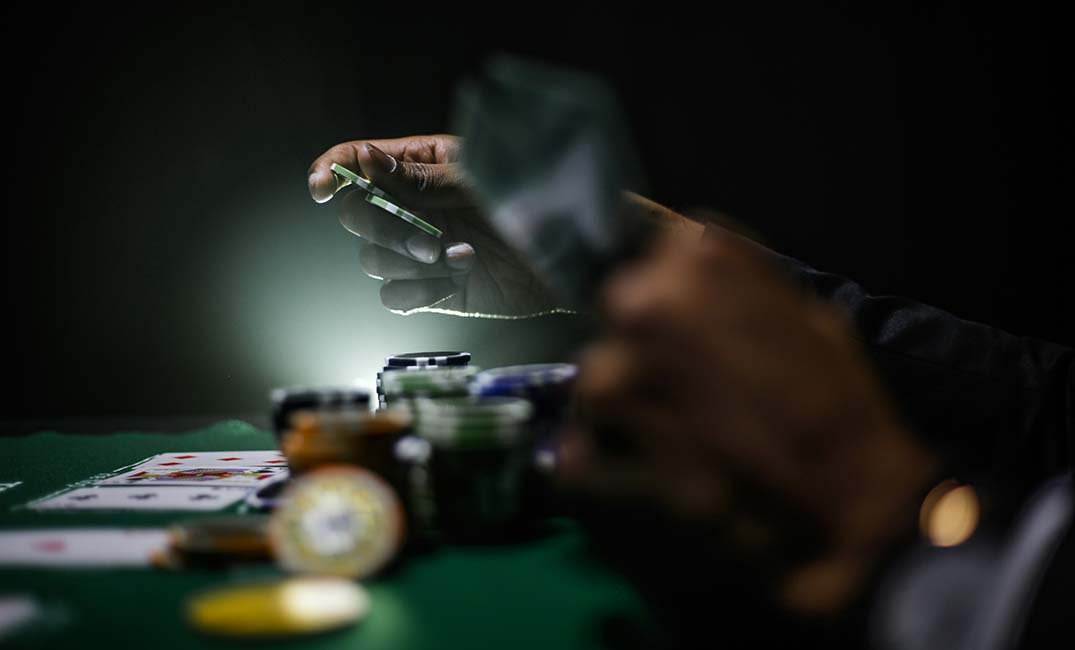Kathy Gibson reports – Online gambling, a very topical and sensitive subject at the moment, is having a negative impact on consumers.
A new study by Experian and Vault22, using reliable and representative data, concludes the gambling is a challenge for South African consumers, and is one of the factors causing financial distress.
“The market is under severe destress as it is,” says Jaco van Jaarsveldt, chief strategy and innovation officer at Experian Africa. “We see that the rate of distress is higher for gamblers than for others.”
However, all segments of the market are equally impacted, but the study clearly isolates that it is the younger portion of the market that spends a larger portion of their monthly income on gambling, and ends in financial distress.
“So the conclusion we get to is that, yes, gambling is a problem, and results in financial distress,” Van Jaarsveld says. “It has an impact on all markets, mostly the younger and less affluent portions of the market.”
Experian categorises the market into six macro financial affluence segmentation (FAS) groups. They are:
FAS Group 1 – Luxury living
FAS Group 2 – Aspirational achiever
FAS Group 3 -Stable spenders
FAS Group 4 – Money-conscious majority
FAS Group 5 – Laboured living
FAS Group 6 – Yearning youth
The Experian Consumer Default Index (CDI) measures people defaulting for the first time, which is a lead indicator of distress.
Overall, we are seeing a growing demand for credit across all FAS groups, to generate the income needed to meet people’s living needs. But the supply side of credit is at the lowest levels in decades.
“This is because financial institutions are focusing on people who already have credit,” Van Jaarsveld explains.
There is R2,31-trillion of debt in the market, with 31-million credit accounts and 25,25-million credit active consumers. Secured credit, including home loans and vehicle financing accounts for 75,3% of outstanding debt.
But a total of 14% of the credit-active population has access to the majority of this debt.
And, by virtue of being the groups mainly able to access credit, FAS Groups 1 and 2 are the most distressed segments.
“The lower FAS groups don’t have access to secured lending, so they have to rely on unsecured lending – purely because there is a lack of secured lending supply, Van Jaarsveld points out.
Over the last years, there has been a significant growth in the amount of money spent on betting. In the last year about R1,5-trillion was spent on gambling, representing about 65% of South Africa’s total outstanding debt.
Most gamblers are men (61%), with the FAS consumer segments spending the most on betting: for instance those in FAS Group 1 are 3,7-times more likely than FAS Group 6.
“So the most credit-exposed consumers are more active gamblers.”
Those that send the most every month on gambling are FAS Groups 1 and 2, taking between 11 and 13 bets per month and spending about R5 000.00.
The less affluent segments demonstrate about the same number of bets per month, but with a much lower spend.
“There is a clear link between those that have and the value spent of gambling, and those that are less affluent.”
From a generational perspective, 60% of gamblers are in the millennial category, followed by Gen-X, which has increased significantly in the last months – but they still lag millennials significantly at about 20%.
When it delved into how this translates in financial distress, Experian found that the rate of increase in defaults is significantly higher among those that gamble compared to those that don’t.
“Even though the entire market is finding the current economy tough, gamblers are defaulting at a higher rate and quicker than those that don’t.”
However, when broken down into different affluence groups, some interesting data emerges.
In FAS Group 1, gamblers showed a lower rate of default than the non-gambling population. “This group spend up to 10% of their income and gambling. So we correlate that there is an understanding of the risks, and they do it in a more responsible manner.”
The FAS Group 3 is also at lower risk, and is more responsible around gambling; as is FAS Group 5.
But FAS Group 2 – the aspirational achievers – demonstrates higher rates of default, as does FAS Group 3 and FAS Group 6.
Van Jaarsveld believes this could point to the fact that these consumers are more likely younger, without adult responsibilities.

